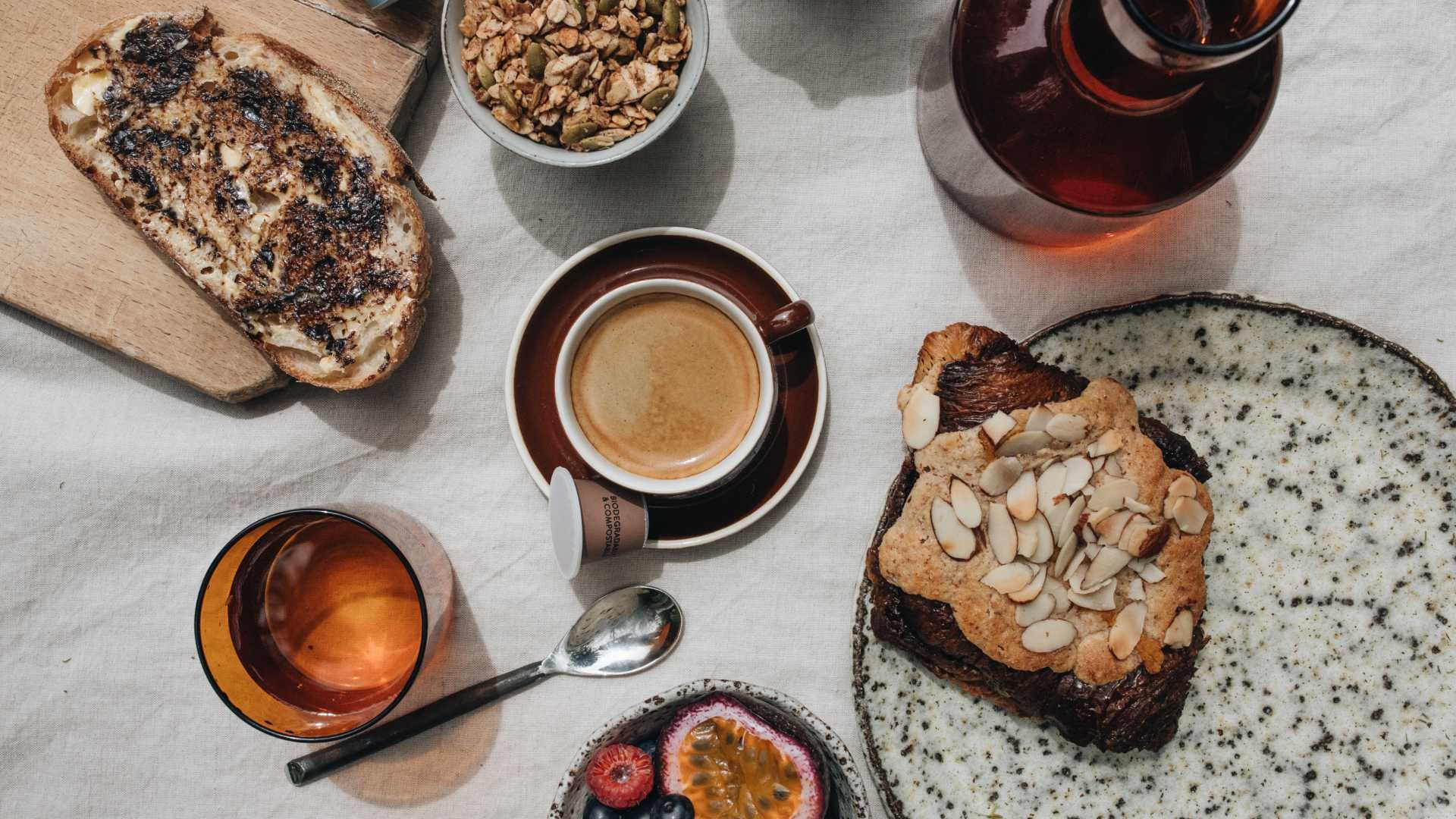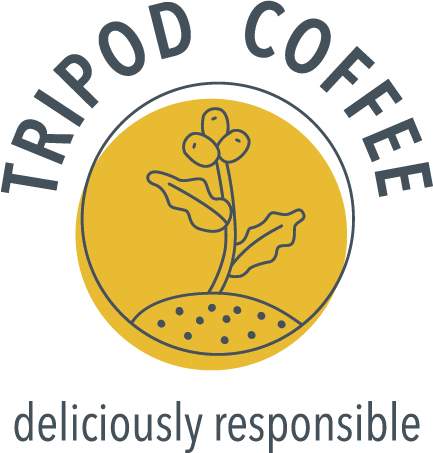Five Ways to Make Your Home Coffee Ritual More Environmentally Friendly
Small, everyday steps can lead to bigger environmental impacts later down the track — here are some quick ways to shake things up at home.
In partnership with
It's not an overstatement to say that our environment and the delicate ecosystems within it are extremely important to us all, and especially right now, so any effort to preserve our world is an effort worth making. In partnership with certified compostable coffee pod company, Tripod Coffee, we've come up with a list of five easy adaptations centred around your daily coffee routine — so you can go easy on the environment while still enjoying your morning brew.

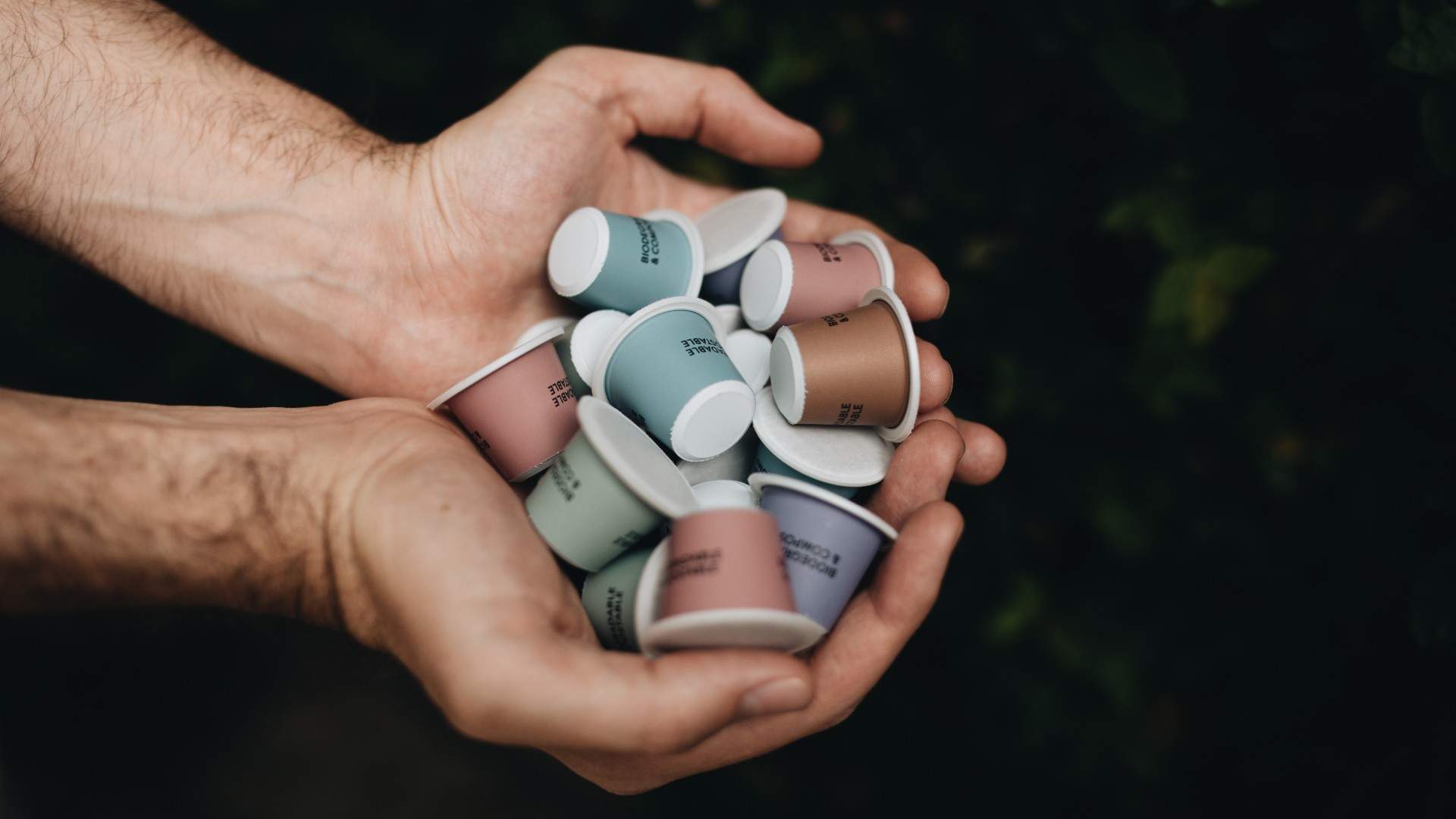
SWITCH TO COMPOSTABLE COFFEE PODS
If you have a Nespresso machine at home, you may have noticed a by-product of all that convenience: a lot of pods ending up in the bin. Instead of ditching the machine and further adding to landfill, you could make the switch to coffee pods that are more sustainable. Tripod Coffee is an Australian company that creates compostable coffee pods. This means, you still get an excellent, cost-effective coffee each day, but without the waste. And, as the pods are made from fairly sourced beans, roasted by local coffee maestros, you've got a sustainable sip available in your kitchen every morning. How do you know if a coffee capsule is compostable? You can check the Australian Bioplastics Association list here, or look for the Australian Certified Compostable symbol on the packaging. Tripod Coffee pods are made of a bio-polymer and are sealed with a paper lid. You can place the entire capsule in your green bin, if your council accepts organic waste. If not, you can return the packing using Tripod's Pod-to-Plant returns program.

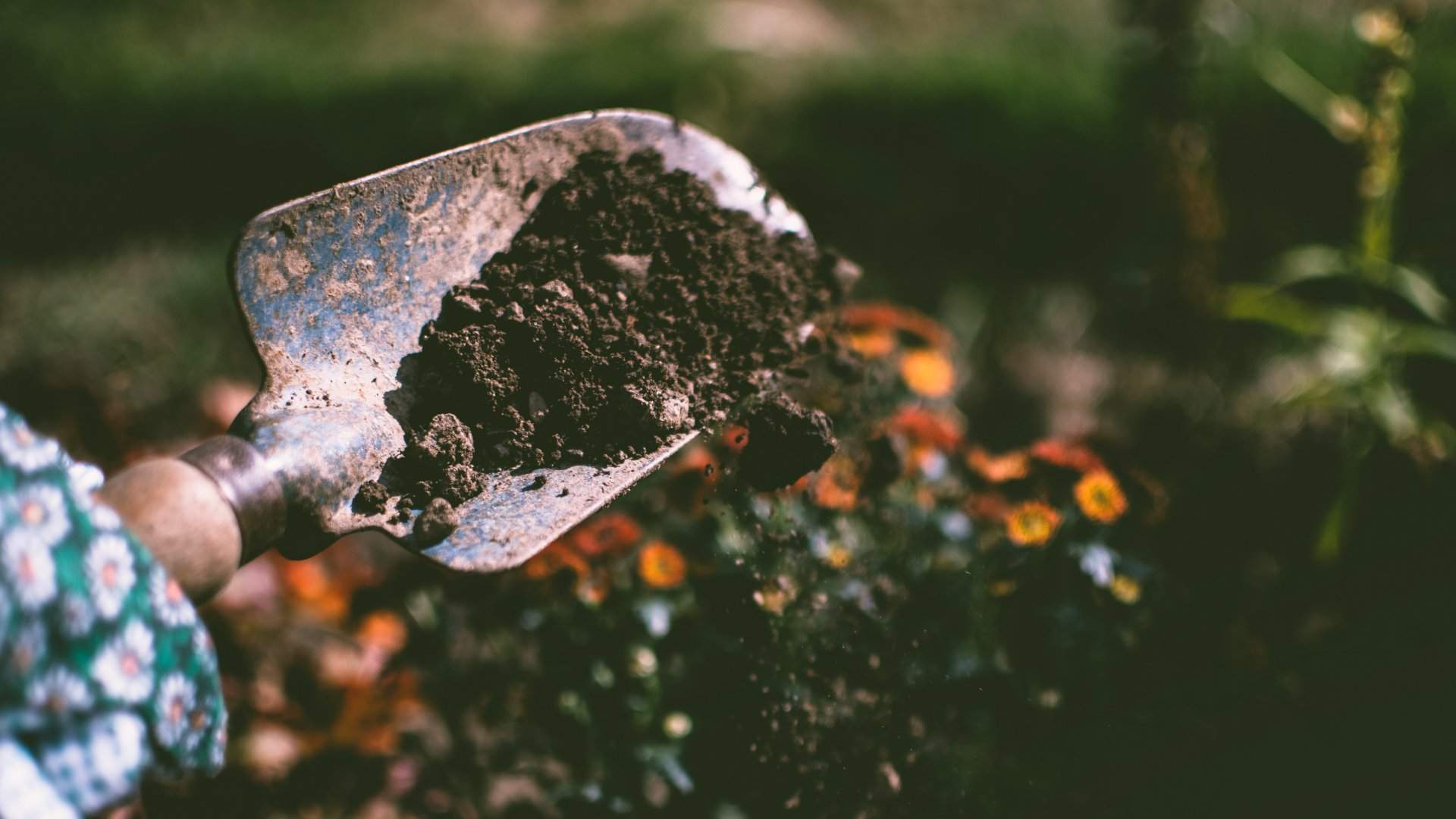
Lisa Fotios
COMPOST YOUR COFFEE GROUNDS
Australians generate 67 million tonnes of waste each year, and we chuck 5 million tonnes of food into landfill — which can be easily avoided. Not only can we buy food more responsibly, but we can also learn how to make the most of our organic waste. Composting works twofold to help the environment, first by keeping waste out of landfill, and second by creating a garden-nourishing by-product (aka compost tea). Coffee grounds are packed with potassium and are great to add to compost bins. If you don't know where to start with creating your own compost, check out these tips from Planet Ark, which includes using a Bokashi bucket to ferment food scraps if you live in an apartment. If you don't have outdoor space for a composting bin, or consume lots of coffee and want to make sure your organic waste goes to good use, check out ShareWaste, which connects people who are recycling their kitchen scraps with local people who are already composting, worm-farming or keep chickens. Alternatively, connect with your favourite cafe and ask if you can add your used coffee grounds to its Closed Loop bins, or other organic recycling scheme organised by your council.

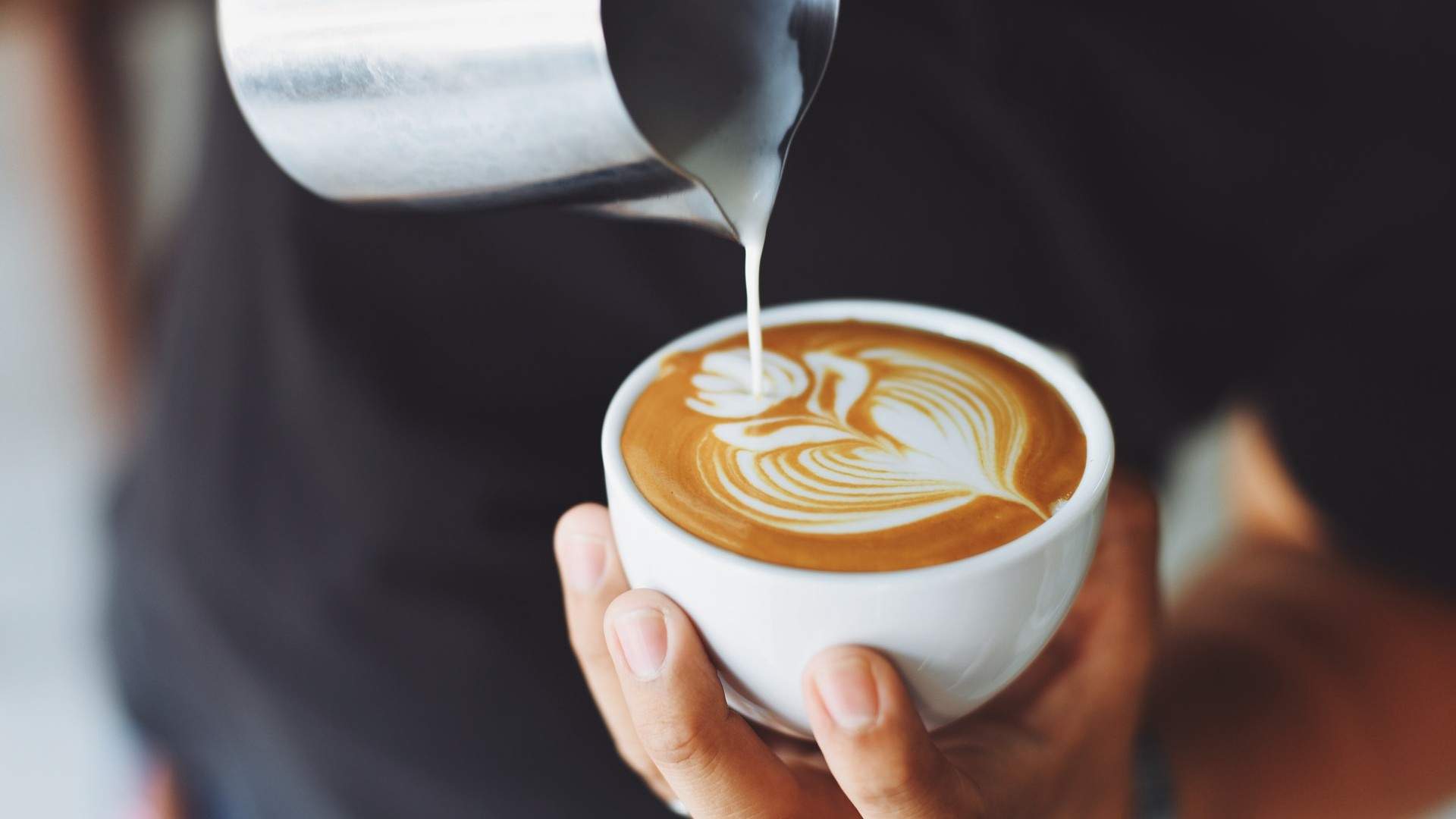
Chevanon Photography
EXPLORE DIFFERENT MILK OPTIONS
There are approximately 270 million dairy cows producing milk for human consumption around the globe. Milk production impacts the environment in various ways, according to World Wildlife Fund, including production of greenhouse gas emissions contributing to climate change. It also has impacts on water supply, deforestation, loss of wetlands and issues of animal welfare. So there are many people around the world who are looking at plant-based milks or mylks. A glass of dairy milk produces almost three times more greenhouse gas than any plant-based milk according to a study by Oxford University in 2018, and earlier this year The Guardian investigated the varying impacts of soy, almond, macadamia or oat — with oat milk coming out, generally speaking, on top. Oat milk is super creamy and froths well for a cappuccino, while almond milk goes down well with a tiny bit of maple syrup, some ice cubes and a shot of coffee for an iced latte. The most important takeaway from those reports is that whatever alternative you choose, it has a lesser environmental impact than dairy. However, it's worth noting that Australia's dairy industry accounts for around 7 percent of the gross value of agricultural production and around 7 percent of agricultural export income. So a cultural shift away from dairy milk is not without its casualties.

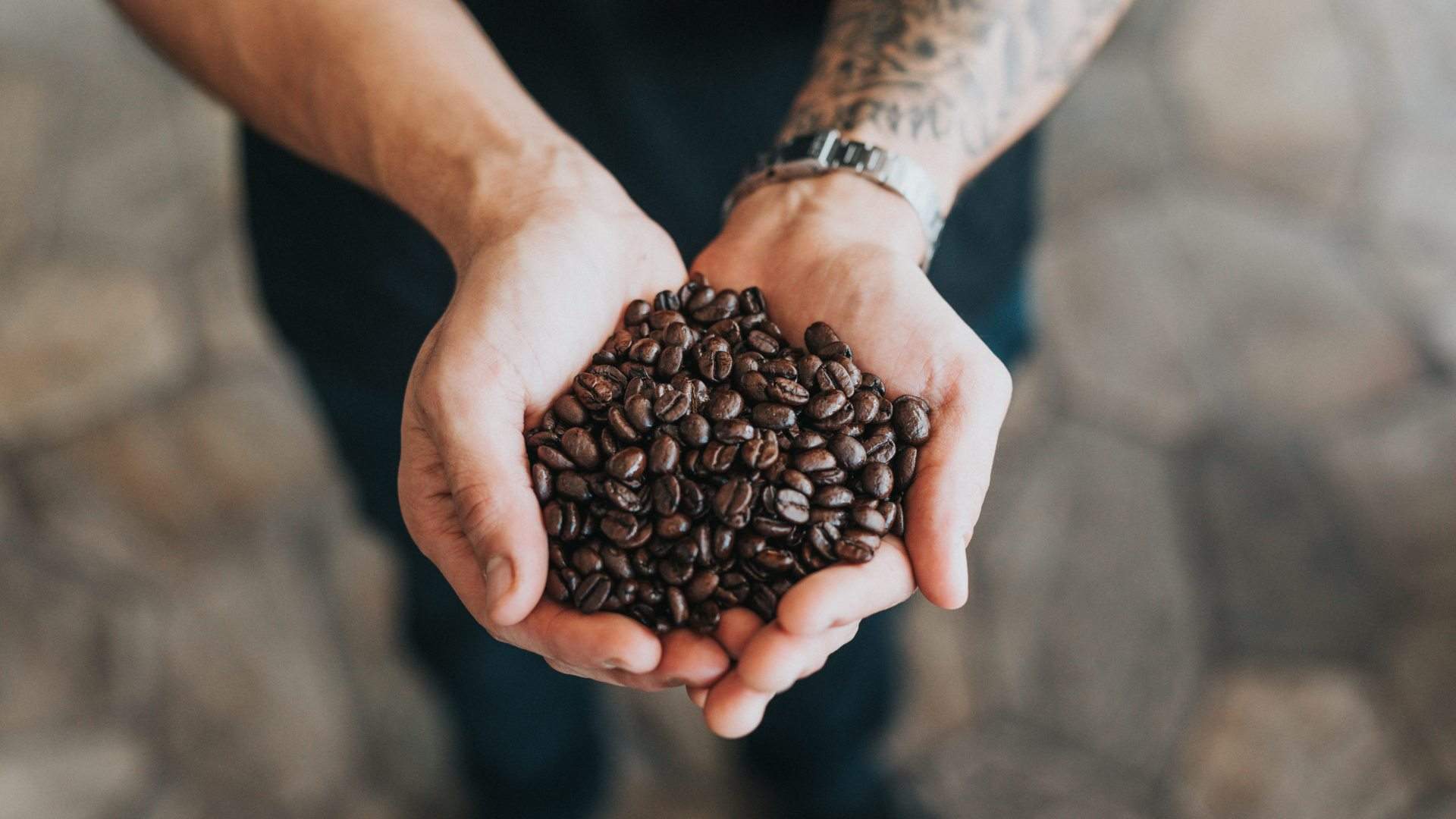
Nathan Dumlao
KNOW WHERE YOUR BEANS ARE SOURCED
By getting to know where your coffee beans come from, you can make a choice that values ethics and sustainability (with the bonus of tasting great, too). Fair trade coffee means the land the beans are sourced from is treated with care, as are the farmers who work on it. It's a win-win — and a step you can take to make a difference. If you want to ensure your coffee is fairly produced, look for the Fairtrade Australia markings; Tripod Coffee's Great Gatsby coffee uses 100-percent certified fair trade organic coffee from Central America.


Andrea Piacquadio
BUY FROM LOCAL BUSINESSES DOING GOOD
Knowing your daily habits are having a positive impact elsewhere in the world is not only good karma, but also a way of ensuring the money you spend is going directly to people who are actively creating positive change. Tripod Coffee has created the world's only pod-to-plant program, which means that the pods you've used end up as nutrient-rich fertiliser. It also commits one percent of its profits to restoring the Daintree Rainforest through Rainforest Rescue. There are also coffee roasters promoting coffee bag recycling programs and ones that donate to global research to protect coffee plants from extinction — something that nobody wants. Research the companies that are giving back on a global scale, and spend your money locally to keep supporting the little businesses that do good in big ways.

Tripod Coffee produces Australian certified-compostable coffee pods. Find out more about the range and delivery options, here.
